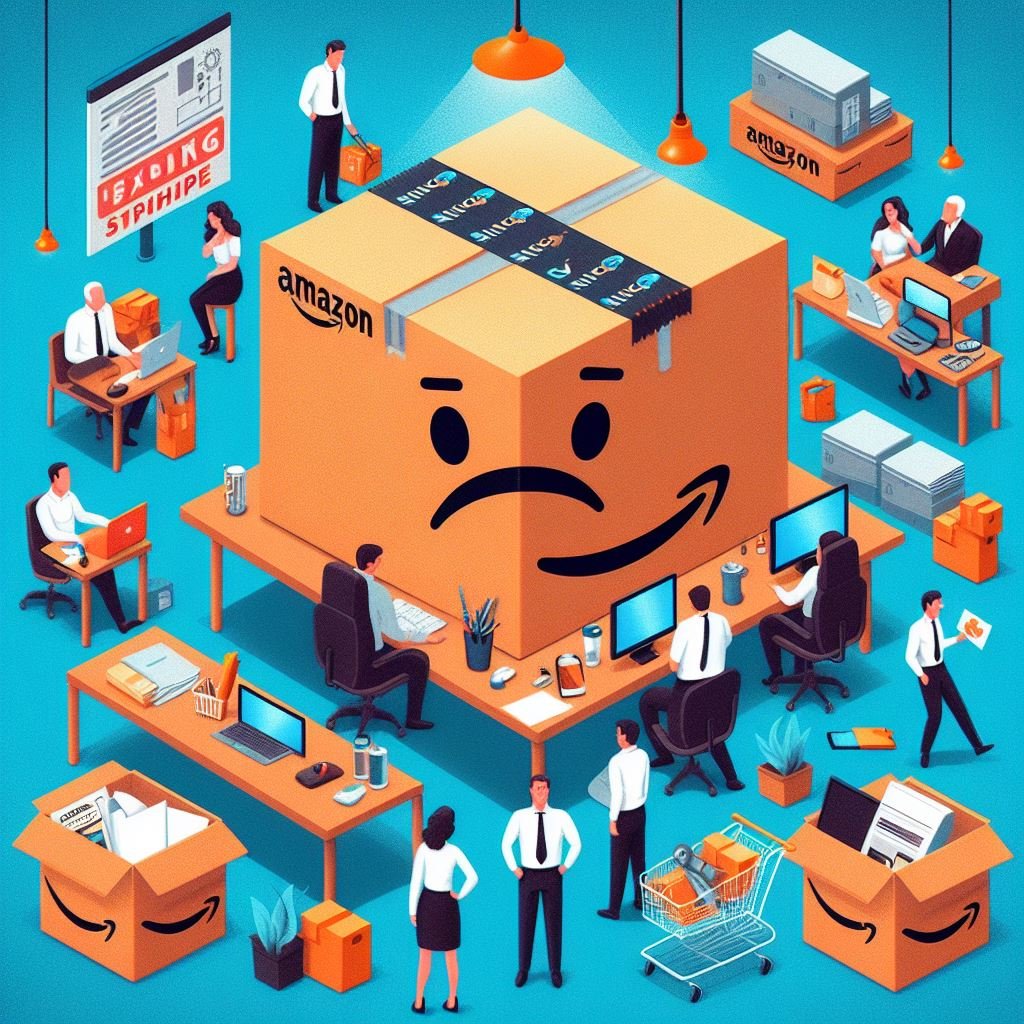Why is Amazon such a bad company to work for?
The perception of Amazon as a challenging employer stems from a variety of factors, often highlighted in media reports and employee testimonials. It's important to note that experiences can vary widely among individuals and locations, but let's explore some commonly cited reasons:
1. Demanding Work Environment: Amazon is known for its fast-paced and high-pressure work environment, especially in its warehouses and distribution centers. The company has faced criticism for setting demanding productivity targets, which some employees find stressful and difficult to meet consistently.
2. Physical Strain: Many roles, particularly in fulfillment centers, involve physical labor, such as lifting, packing, and being on your feet for extended periods. Some employees have reported that this can lead to physical exhaustion and related health issues.
3. Monitoring and Surveillance: Amazon utilizes sophisticated systems to track employee productivity. Reports have surfaced about employees being monitored closely, down to their breaks and time off-task. Such surveillance has been described as intrusive and adding to the stress of the work environment.
4. Limited Break Time: There have been complaints about insufficient break times, especially considering the size of some Amazon facilities. Employees sometimes have to spend a significant portion of their breaks just walking to and from break areas.
5. Work-Life Balance Challenges: The demanding nature of the job, including mandatory overtime and, in some cases, unpredictable schedules, can make it challenging for employees to maintain a healthy work-life balance.
6. Temporary and Contract Work: A substantial portion of Amazon’s workforce is made up of temporary or contract workers, especially during peak seasons. These positions often come with fewer benefits and less job security than full-time roles.
7. Safety Concerns: There have been reports and investigations regarding workplace injuries at Amazon facilities. Critics argue that the company's emphasis on speed and efficiency might compromise employee safety, although Amazon has consistently stated its commitment to worker safety.
8. Employee Turnover: Amazon reportedly has a high turnover rate among its workforce. High turnover can be indicative of worker dissatisfaction and can contribute to a less stable working environment.
9. Unionization Resistance: Amazon has been known to resist unionization efforts among its workforce. Unions often advocate for better wages, benefits, and working conditions, and the lack of union representation can be seen as a negative by some employees.
10. Emotional and Mental Stress: The combination of high physical demands, close monitoring, and pressure to meet targets can contribute to mental and emotional stress for some employees.
11. Cultural Fit: Like any company, Amazon has a specific corporate culture. For some, this culture – with its emphasis on efficiency, innovation, and customer obsession – might not be a comfortable fit.
While these points could be construed as one side of the story, it's hard to overlook the overwhelming volume of criticisms against Amazon. Despite claims of job creation and competitive wages, the reality often falls short, with benefits and career advancement opportunities not uniformly distributed or as impressive as touted. The sheer scale of negative employee experiences, ranging from oppressive working conditions to questionable employment practices, paints a picture of a company where the pursuit of efficiency and profit often comes at the cost of worker well-being. This pattern suggests that for many, a job at Amazon is less an opportunity and more a last resort, challenging the notion that the environment there could be motivating or rewarding for the majority.































